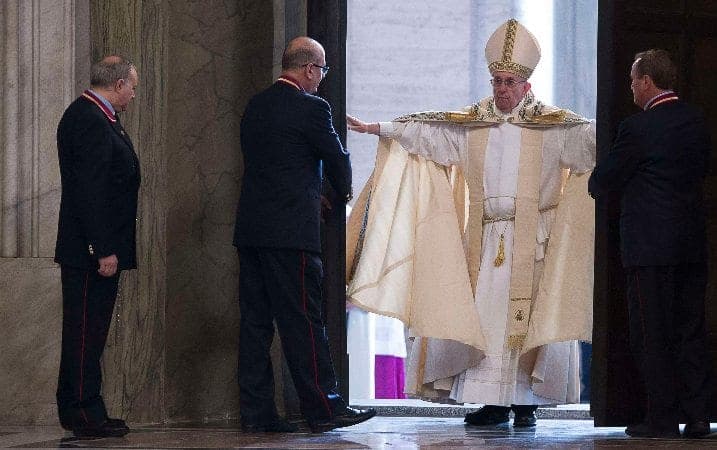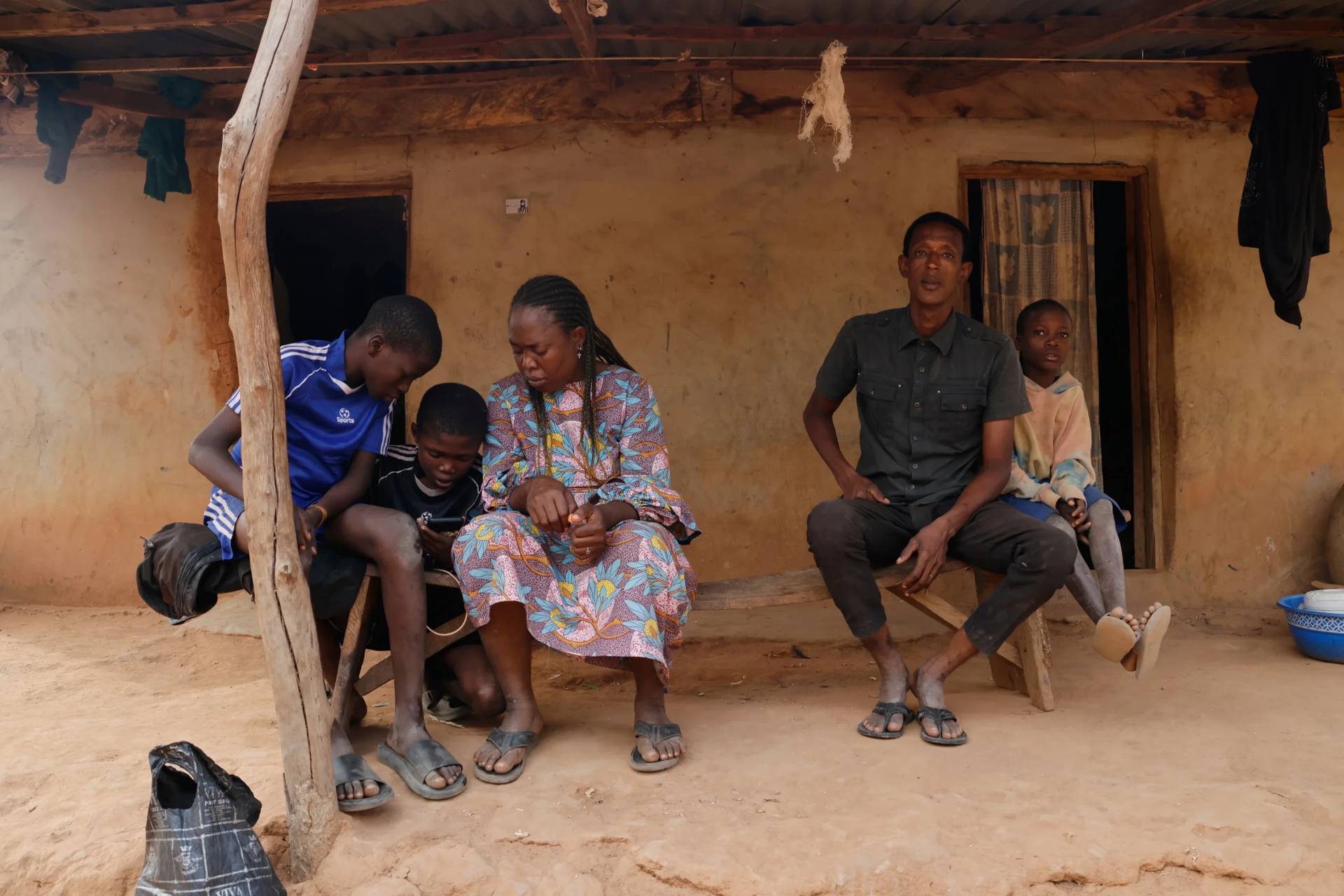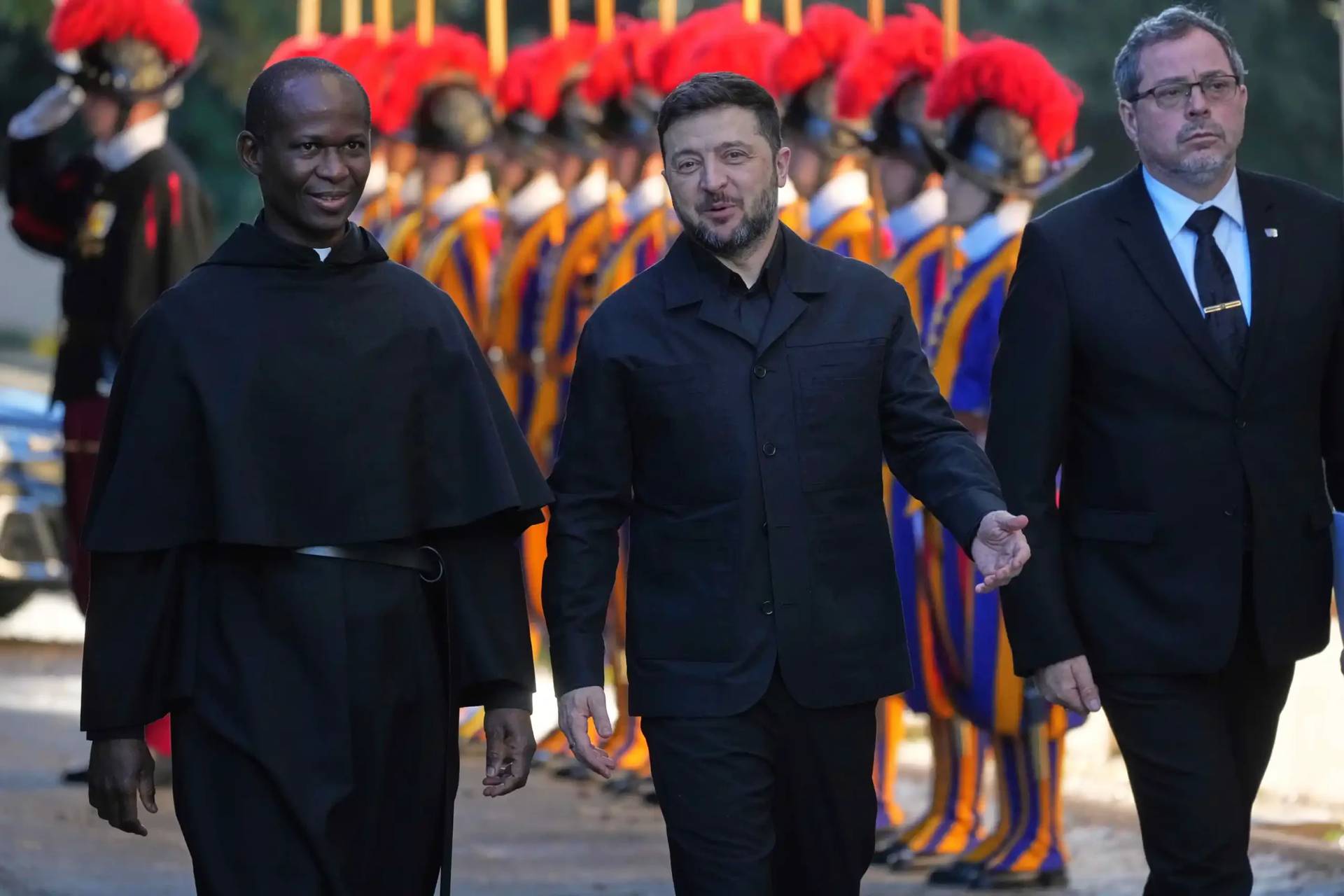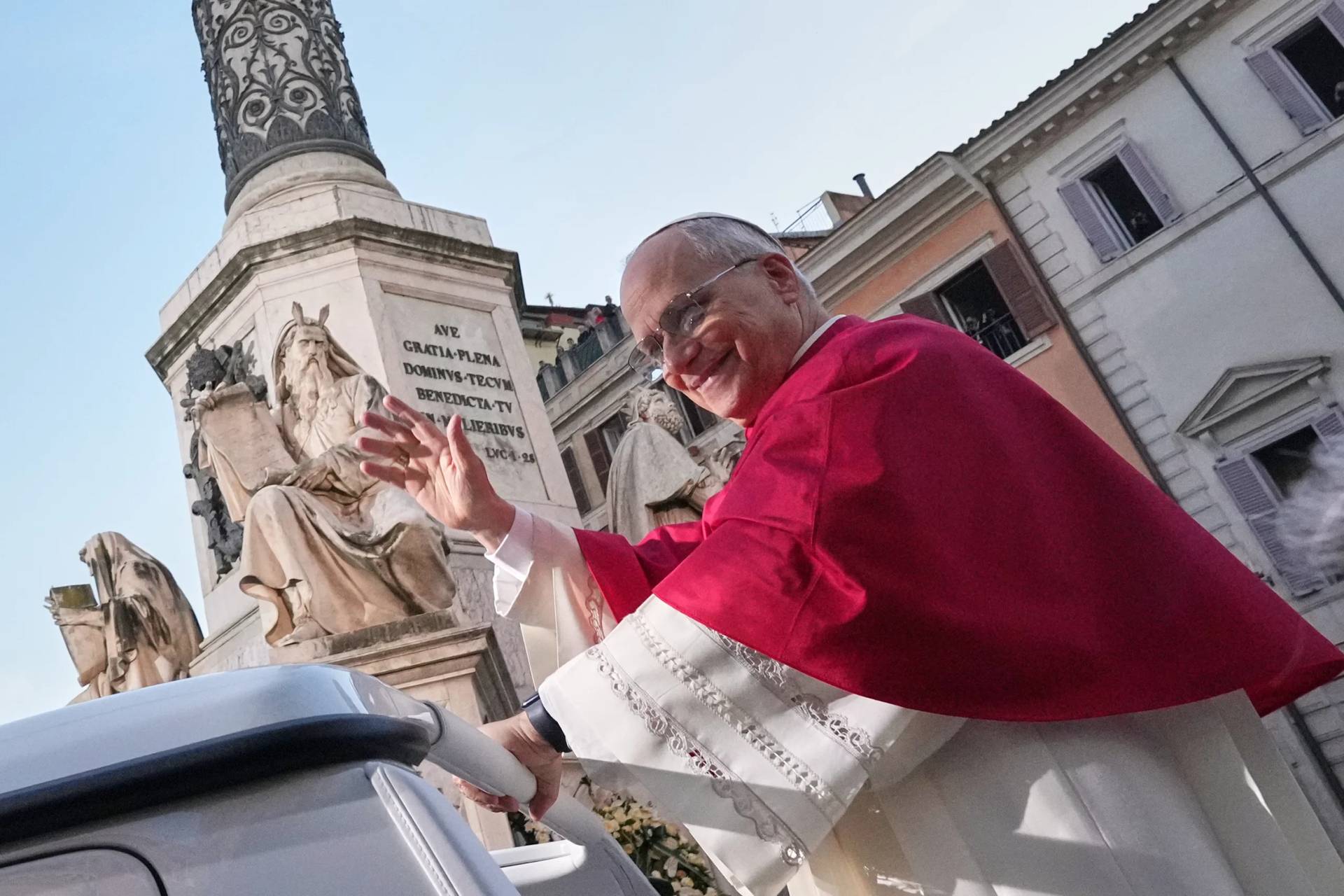ROME — Today marks the formal close of the special jubilee Holy Year of Mercy launched by Pope Francis last December 8, and as the curtain comes down, it’s inevitable that the question will arise: Was the year a success?
One way of answering that question is to regard the jubilee as a big event, or a series of big events, and use the conventional measures of assessing such things: Turnout, enthusiasm, hotel bookings, revenue for restaurants and gift shops, and so on.
By those yardsticks, Vatican officials have been at pains to fight off perceptions that the jubilee has been a flop. They insist that 20 million people have come through Rome at one point or another to take part in jubilee events, which would put 2016 only five million behind the crowds for the great jubilee of 2000 under St. Pope John Paul II.
To be honest, however, most people in Rome look upon those numbers with skepticism, since the city hasn’t felt particularly full during the year. Given that the jubilee began less than a month after the November 2015 Paris attacks, which induced a widespread fear across Europe of terrorist threats surrounding major public events, it would have been astonishing had attendance not taken a hit.
Romans are also irritated that some of the civic improvements they had been hoping for didn’t happen, i.e. fixed roads, improved public transportation, expanded public parking, and so on.
To be honest, however, those probably aren’t the right benchmarks for evaluating this jubilee.
For one thing, the whole point of this year was never that it would be an occasion to bring large crowds or major public works to the city of Rome. Unlike previous jubilee years, which were conceived as pilgrimage experiences focused on bringing people to Rome, Francis had in mind a planetary and decentralized jubilee.
In fact, the very first holy door opened for the jubilee year wasn’t in Rome but in Bangui, in the Central African Republic, in late November when Pope Francis was visiting the country. All told, supposedly around 5,000 holy doors were opened in cathedrals around the world, and another 5,000 in shrines, sanctuaries and centers of charity.
Other holy doors were opened along the way in destinations such as the Greek island of Lesbos, a major point of arrival for refugees and migrants in Europe, visited by Pope Francis in April; Lampedusa, an island in Sicily and another beachhead for refugees visited by Francis in 2013; and Aleppo in Syria, the epicenter of that country’s bitter and bloody conflict.
To take another example of mobility, Bishop Luciano Capelli of the Solomon Island had a portable holy door fashioned out of balsa wood and carried it with him as he visited isolated island communities, giving people the chance to earn the plenary indulgence without actually visiting a traditional cathedral.
This, in other words, was not the kind of jubilee in which people came to the center. It was instead a jubilee in which the center came to them.
Given the aspirations Pope Francis had for the year, however, all these measures of success or failure arguably miss the mark. Unlike other jubilees, this one had the specific theme of mercy. The real test, therefore, probably should be whether the Church and the world are more merciful, or at least more prone to consider the case for mercy, than before.
At first blush, the signs are not terribly encouraging.
At the global level, conflict in Syria continues to rage, Colombians voted down a peace deal to end the world’s longest-running civil war, the British voted to pull out of the European Union over a cocktail of anti-EU grievances, and the United States lived through one of the most acrimonious and divisive political seasons in its history.
Even inside the Catholic Church, it’s often easy to conclude that mercy is a virtue more honored in the breach than the observance.
In the two years during which Pope Francis convened Synods of Bishops on the family, fights over matters such as Communion for divorced and civilly remarried Catholics have been the order of the day, and since the pontiff released his concluding document Amoris Laetitia, those tensions if anything have become more pronounced.
Not that social media is always a reliable bellwether for the larger cultural climate, but five minutes on Twitter these days or in the Catholic blogosphere is usually enough to suggest that character assassination and vitriol have become virtually acts of piety.
Perhaps, however, the question isn’t so much whether mercy has shaped the year; maybe it’s whether the year has made the case for mercy.
Whether by providence, design, or simple coincidence, Francis has celebrated a jubilee of mercy in a year which has been virtually a reductio ad absurdum on life without it. In that sense, maybe the right way to think about the legacy of this jubilee isn’t really what happened over the last twelve months, but rather what might happen going forward if people, beginning with the pope’s own flock, actually took the core message seriously.












